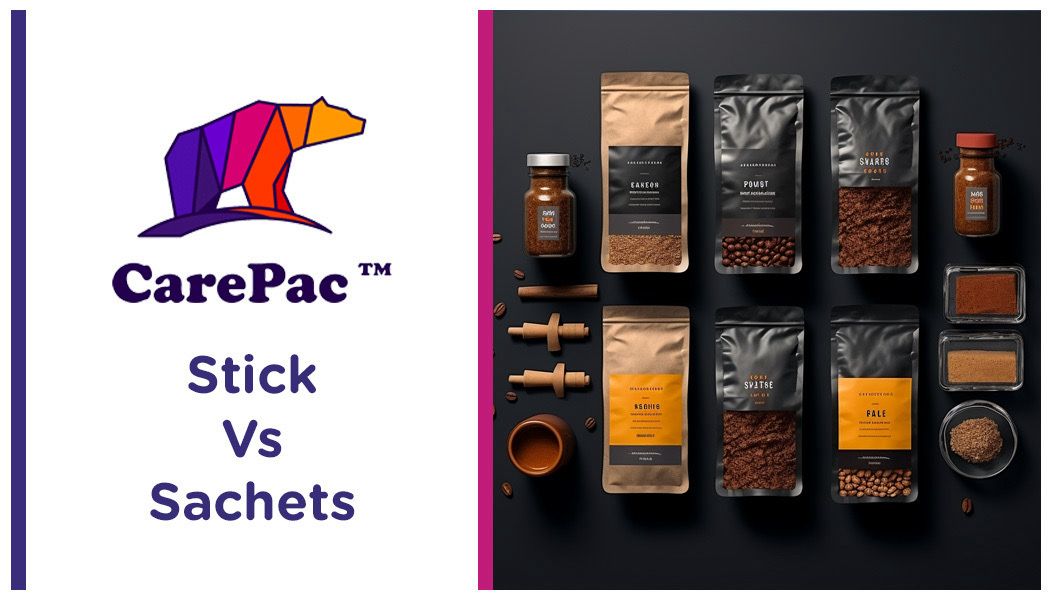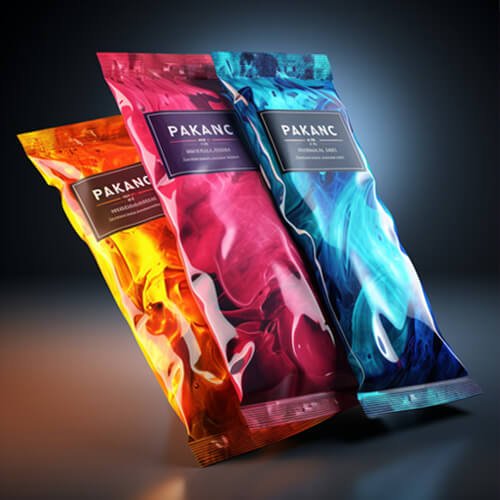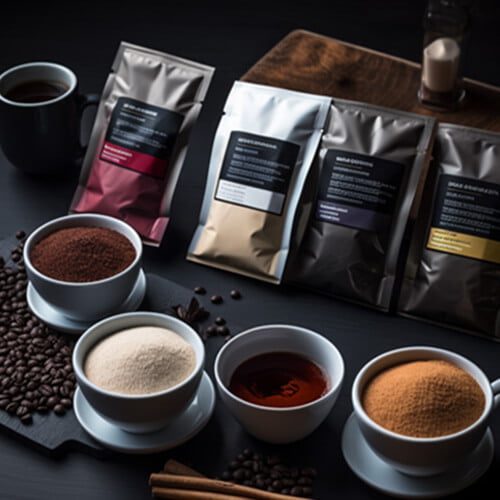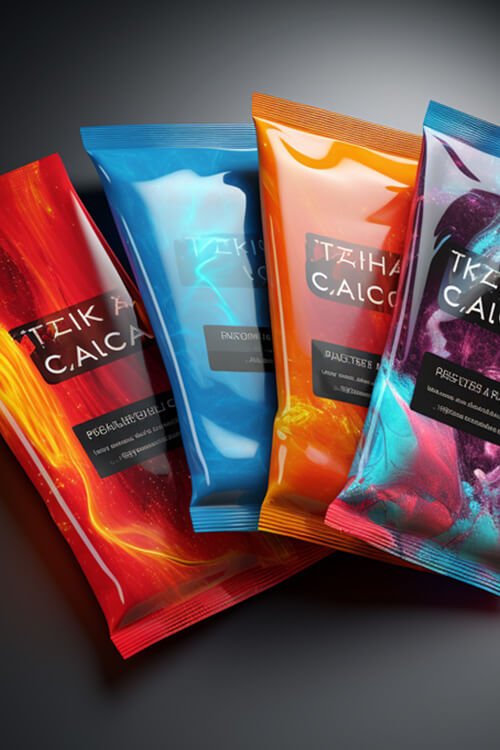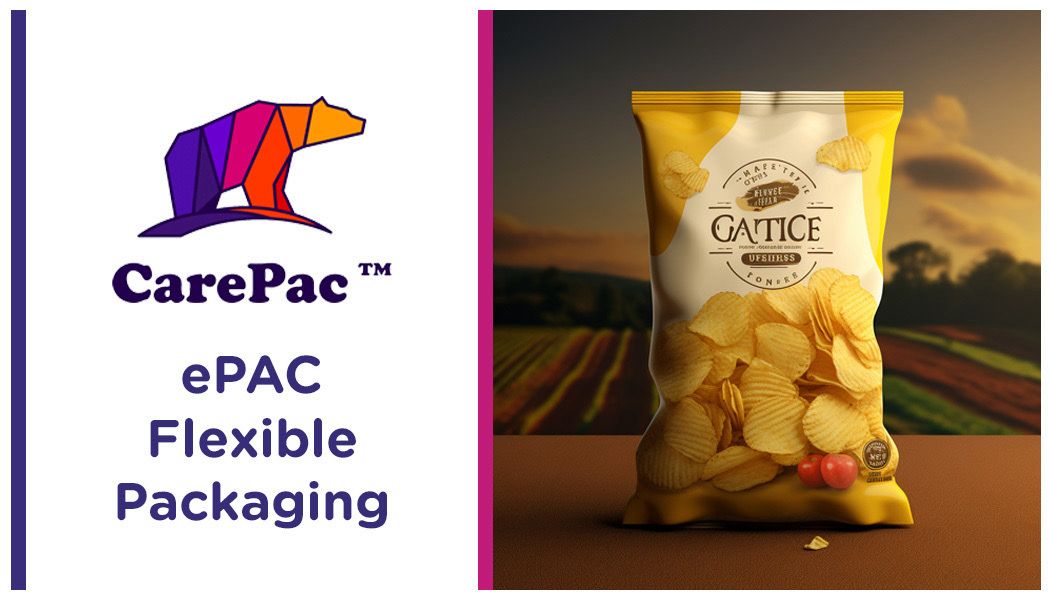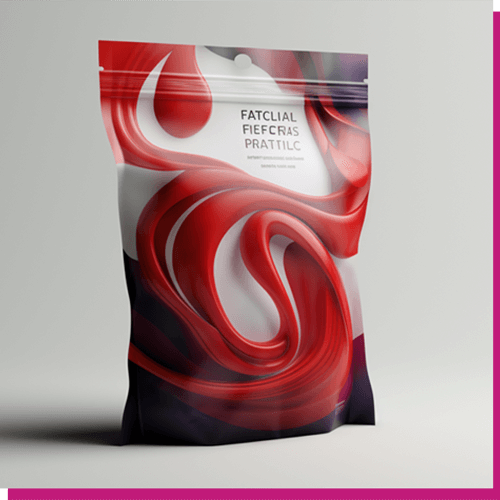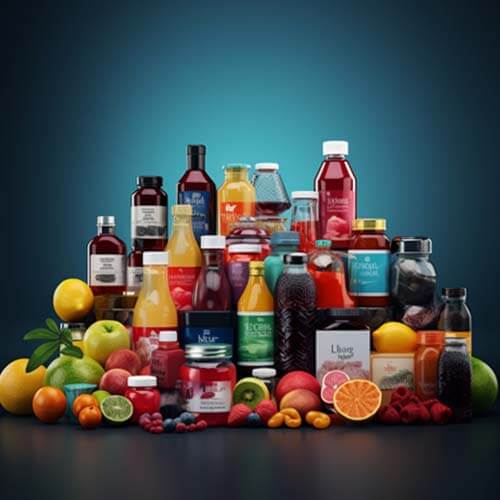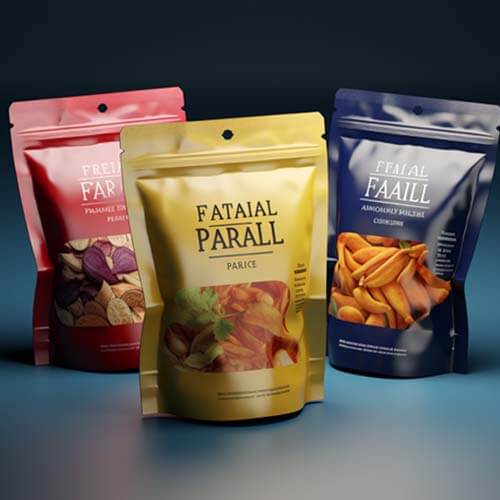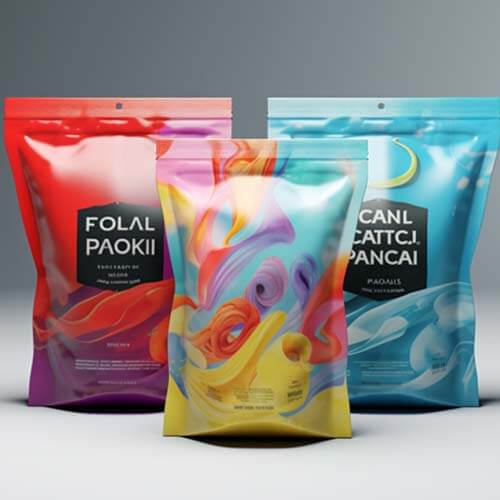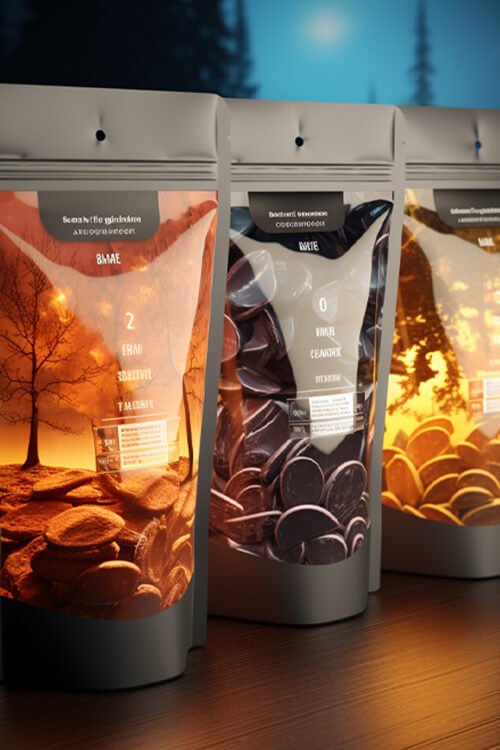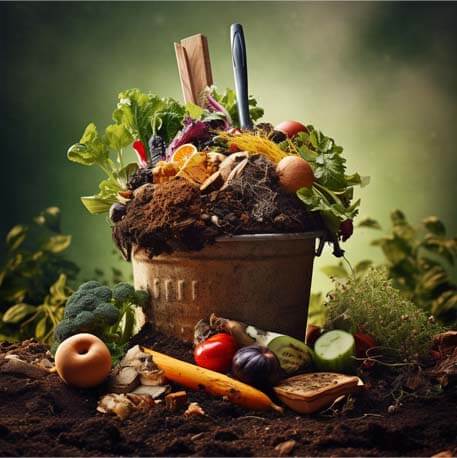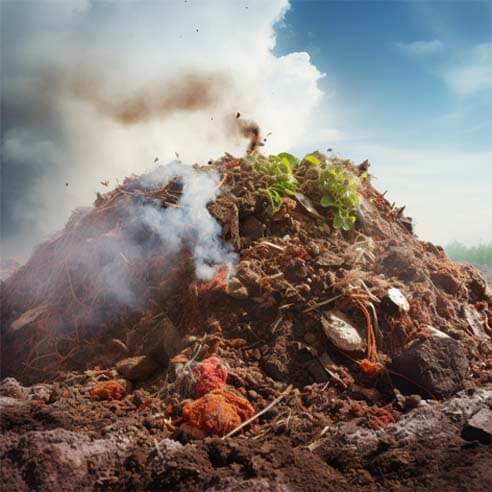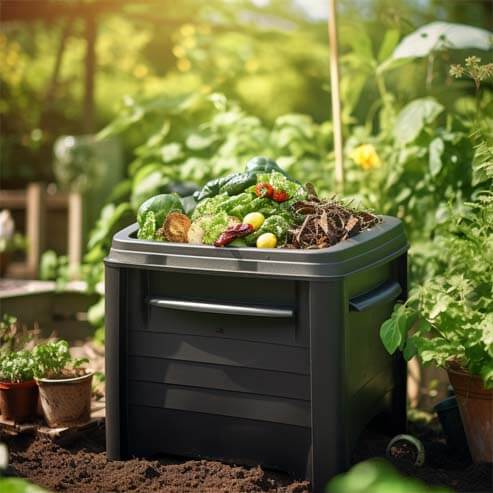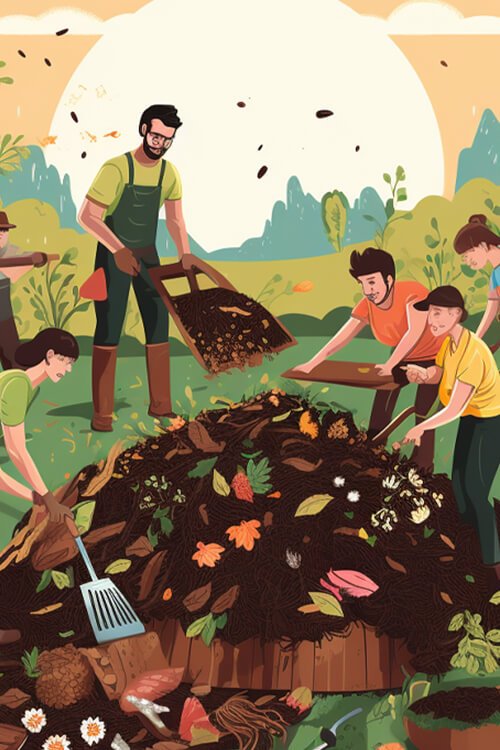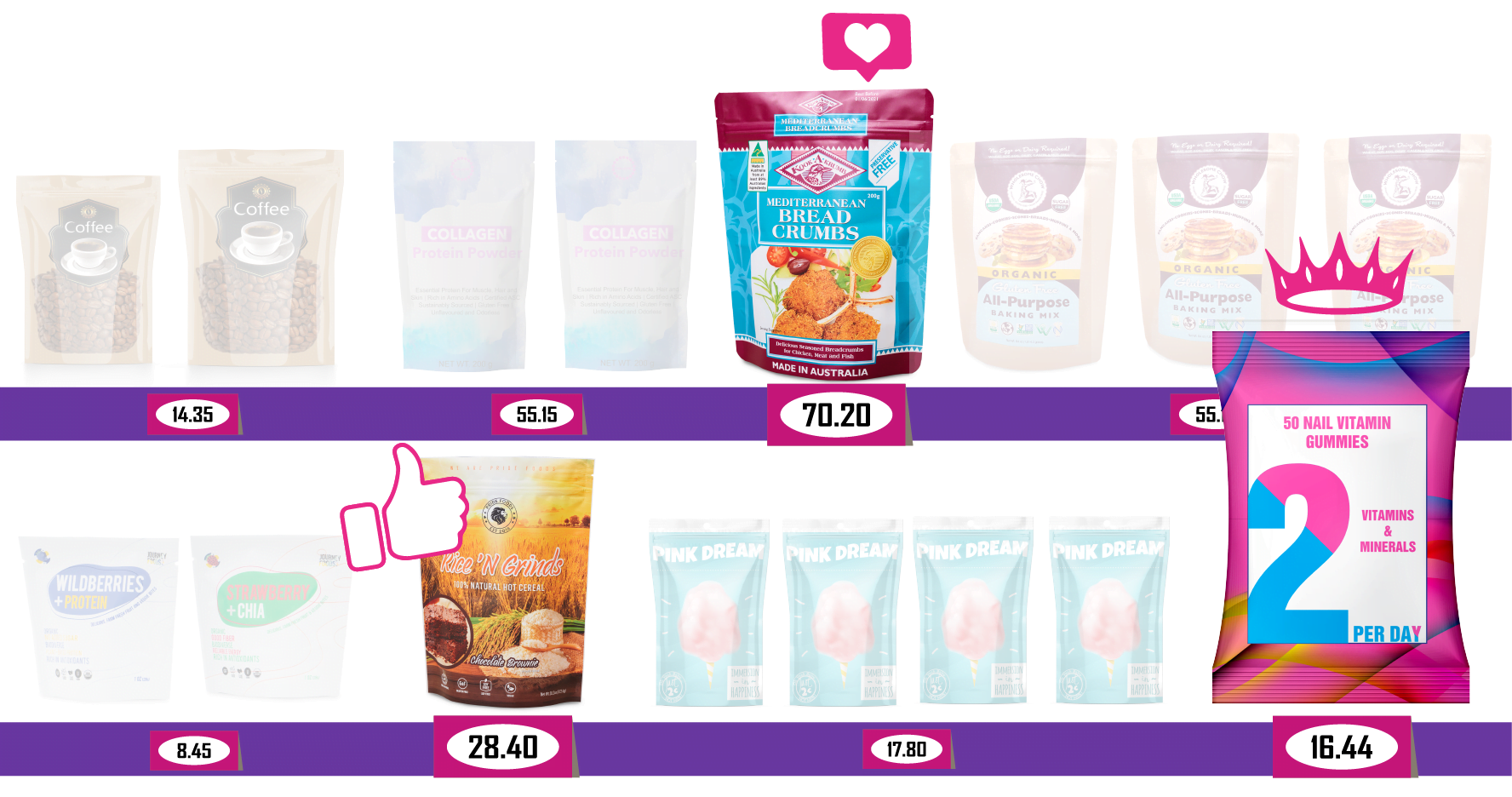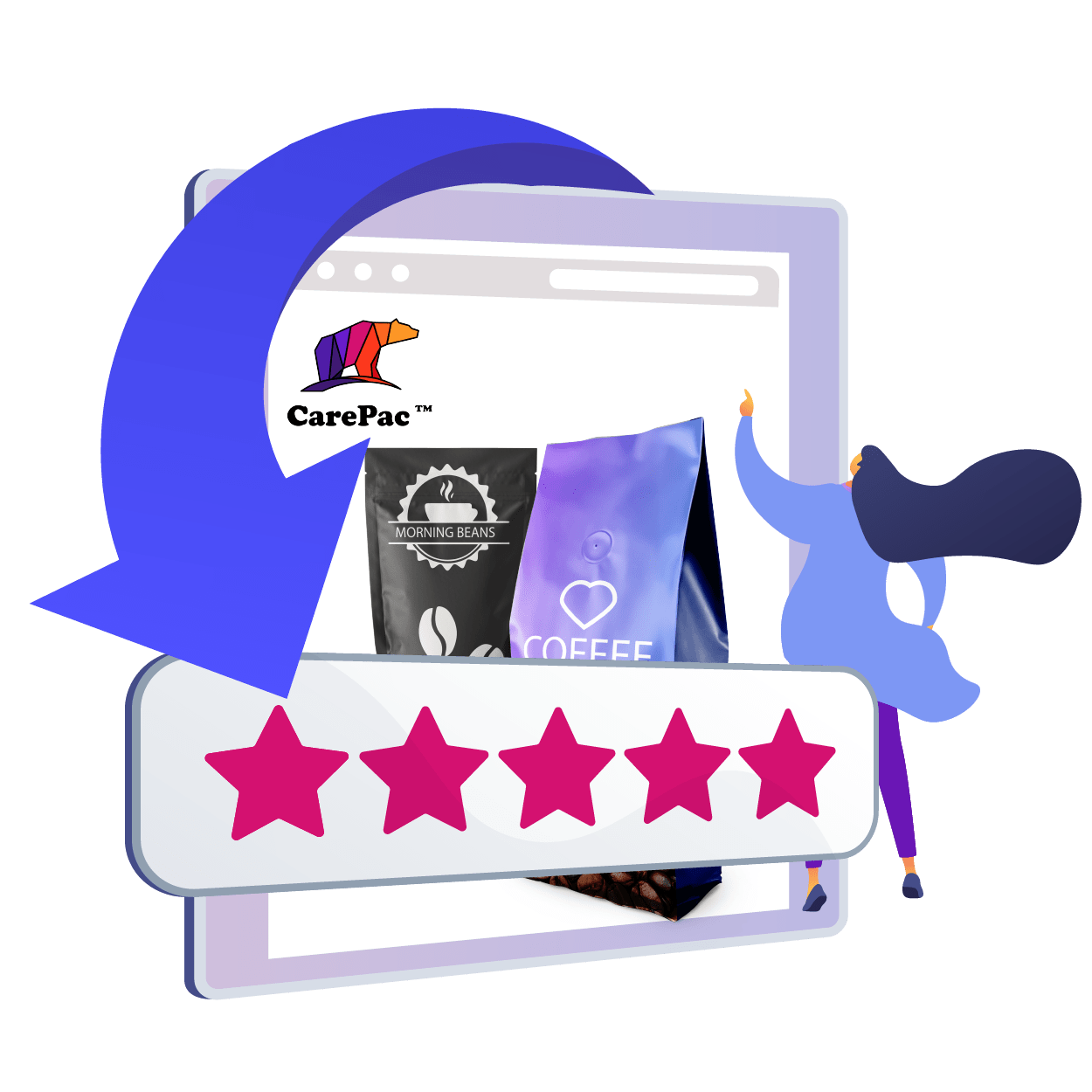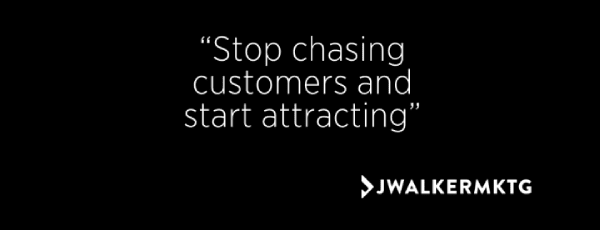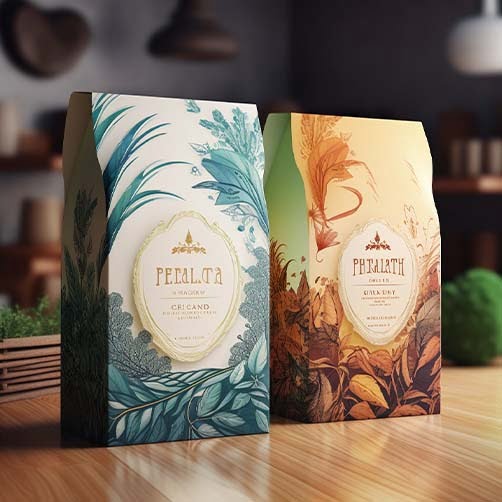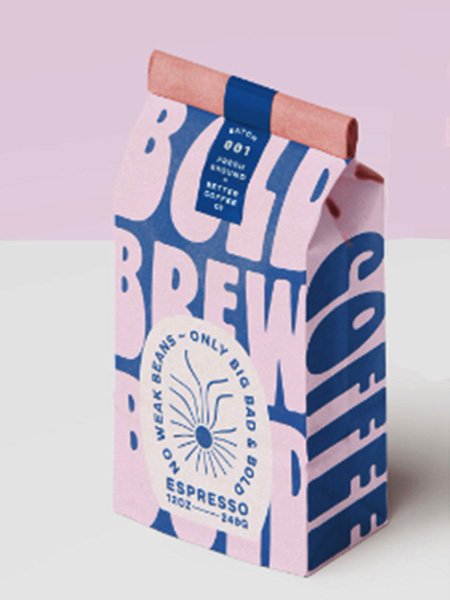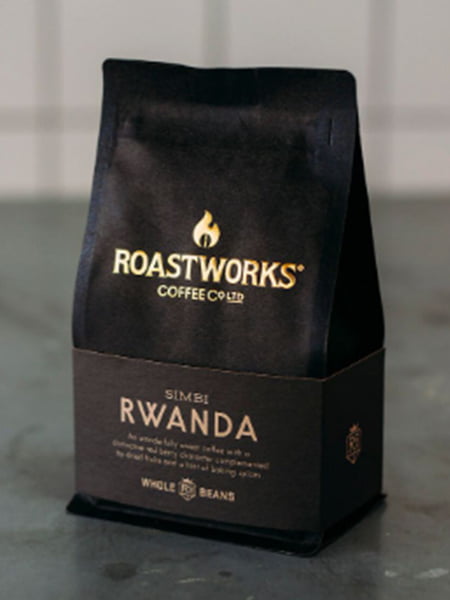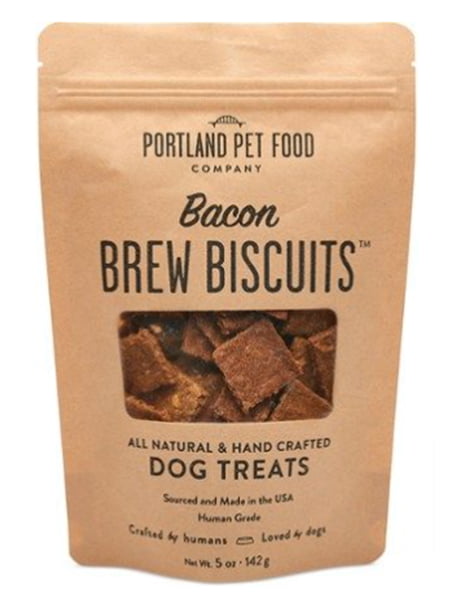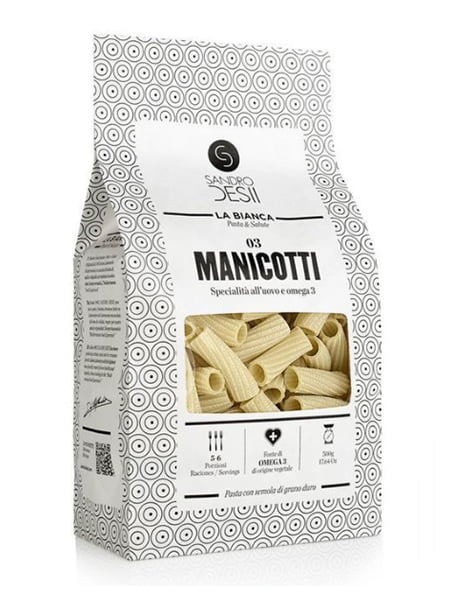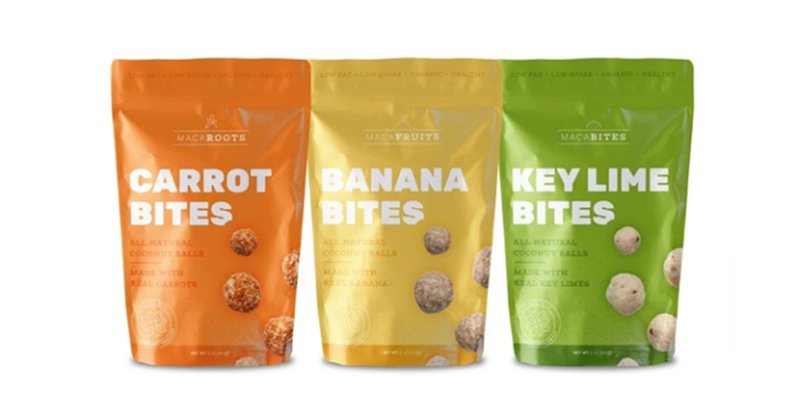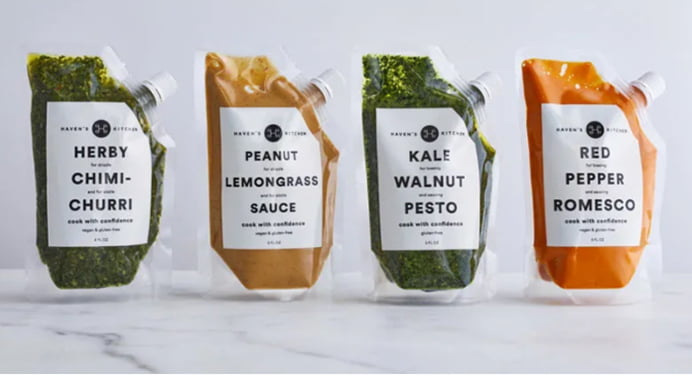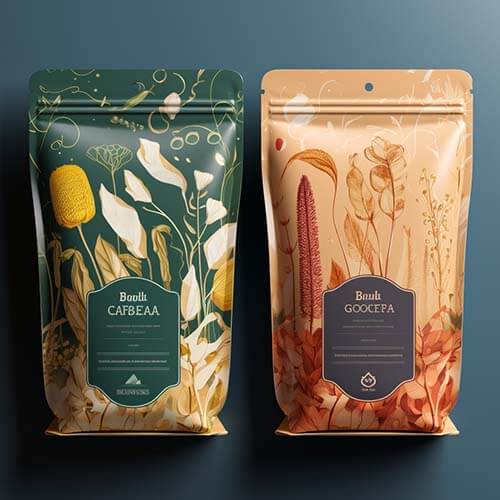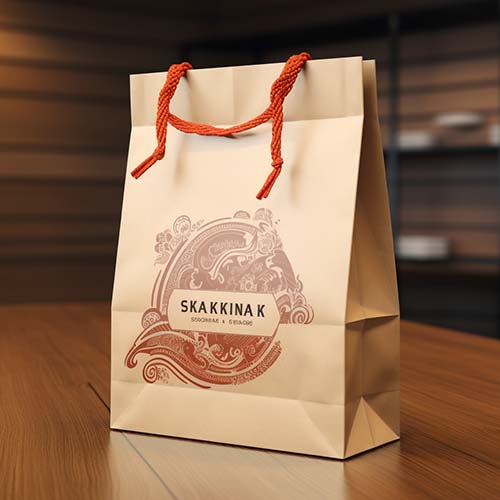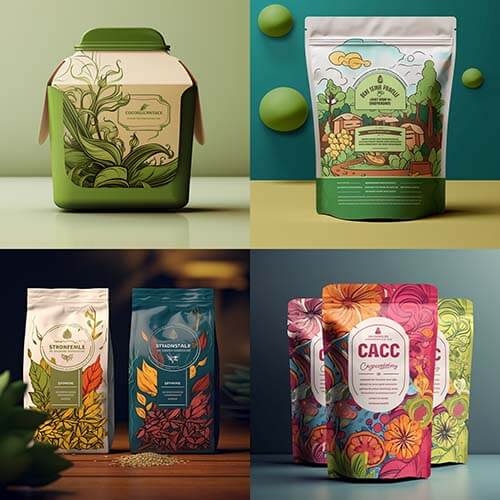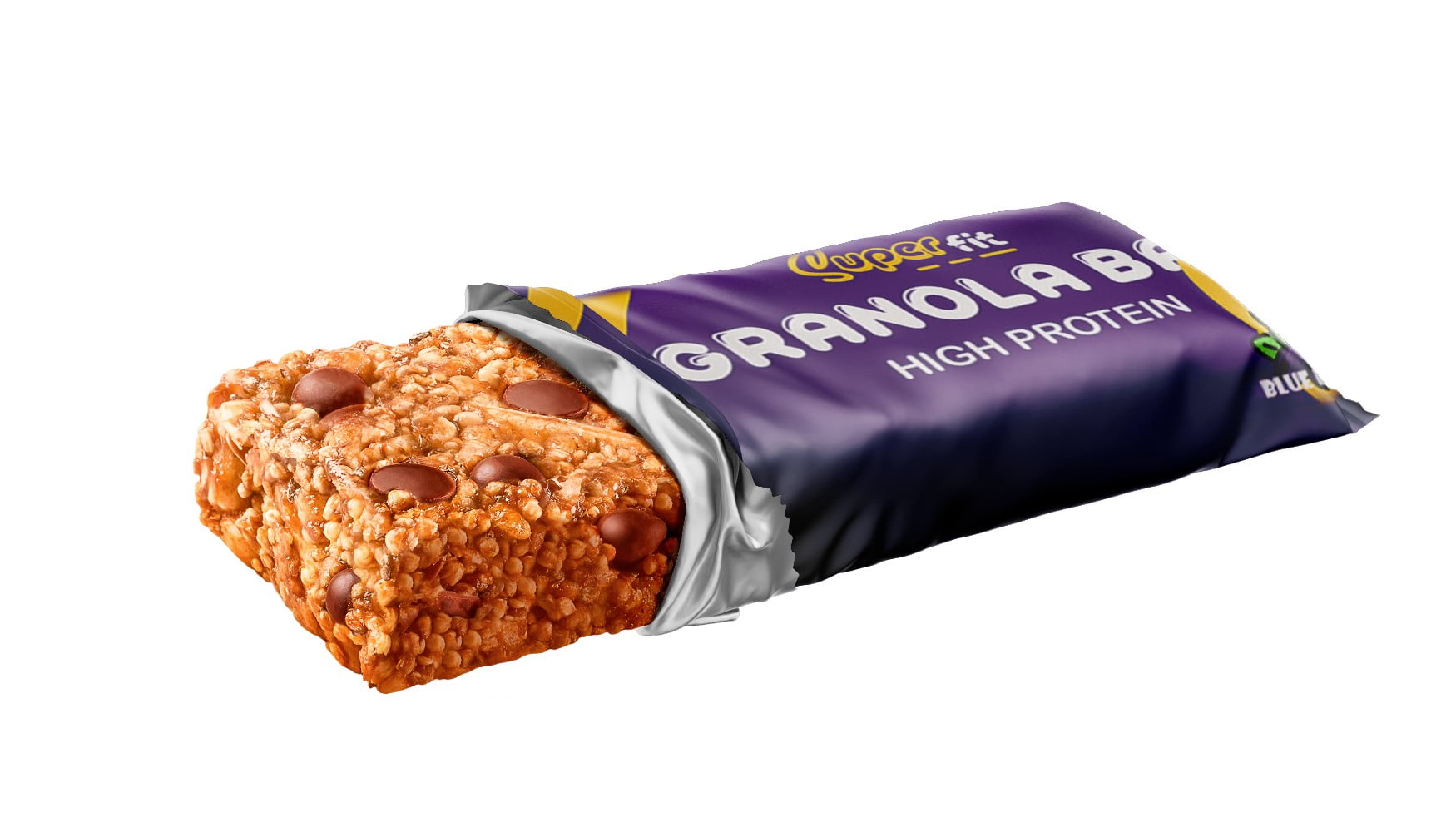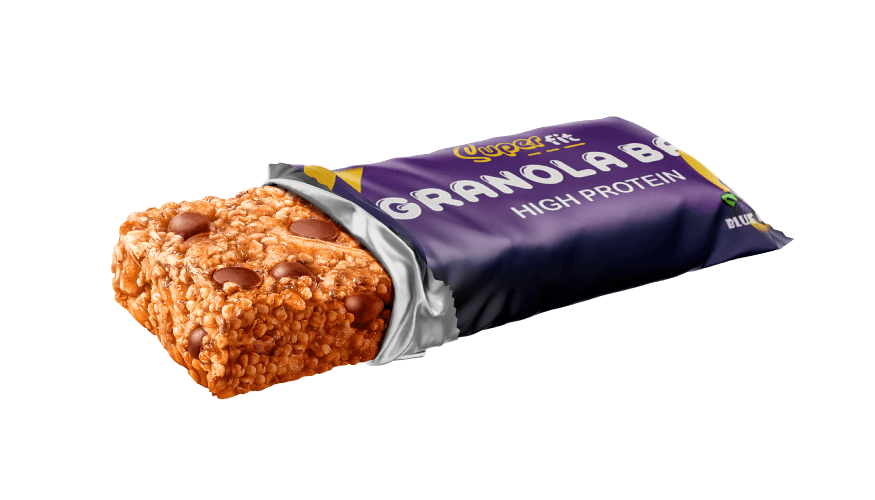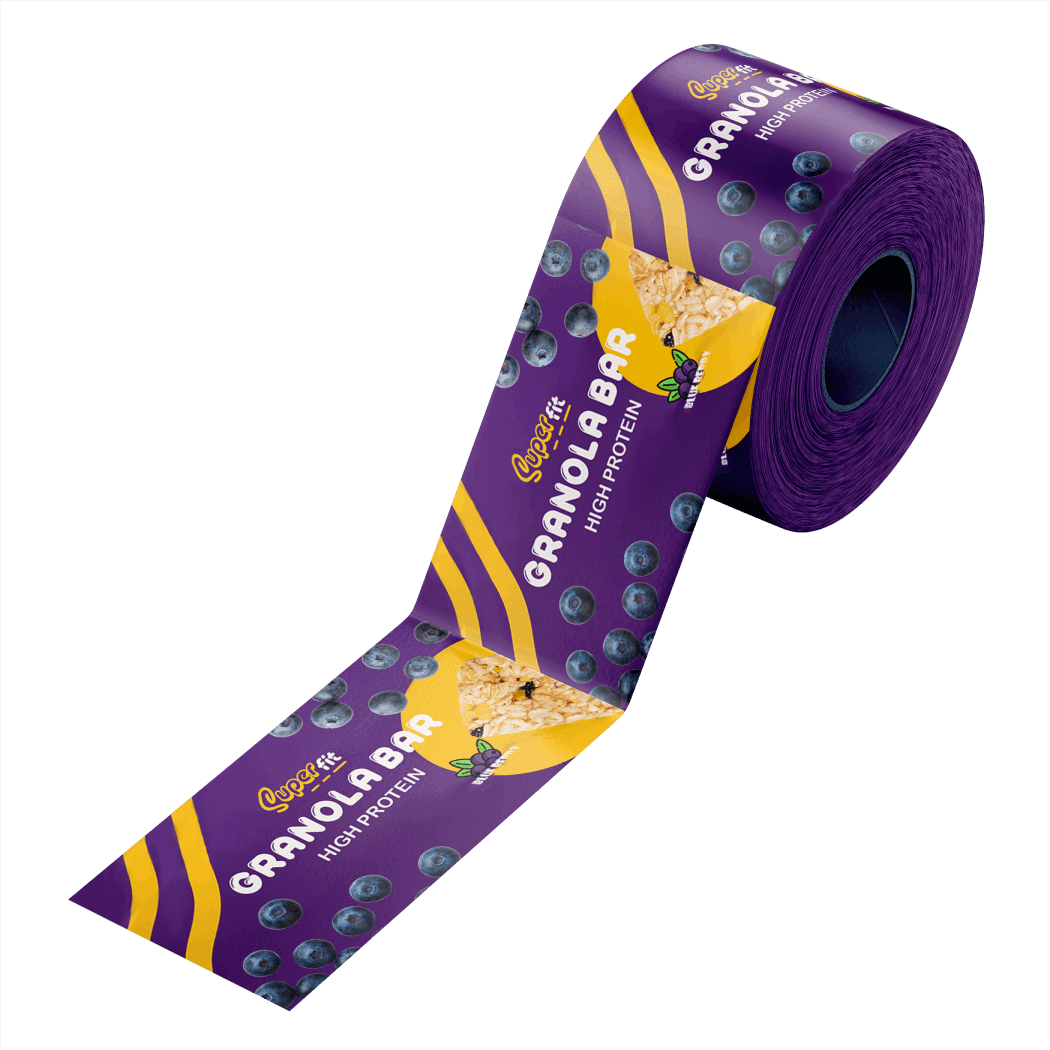No products in the cart.
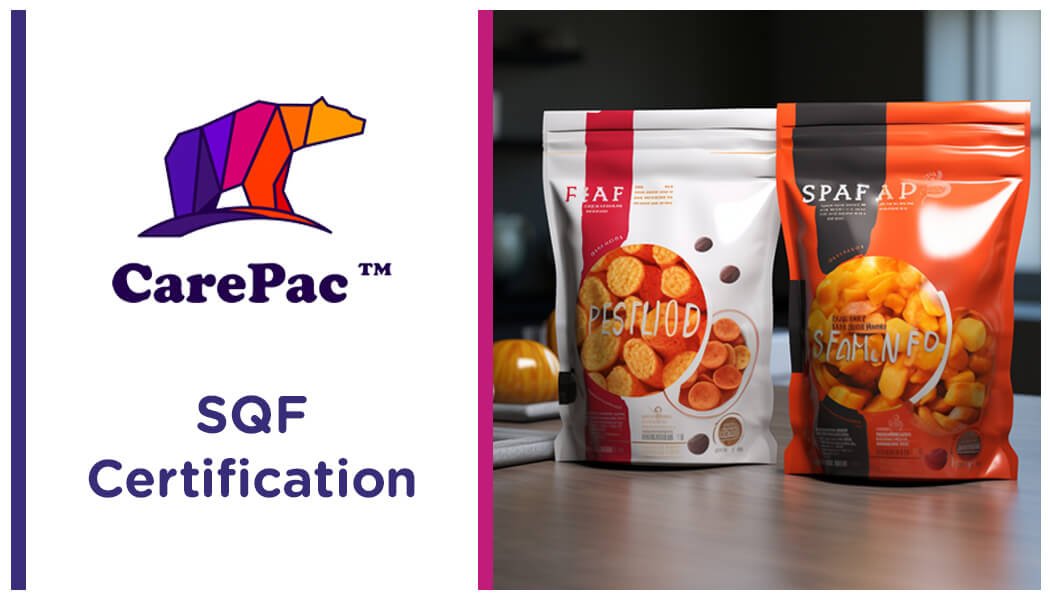

Food Industry Packaging
SQF Certification
SQF Certification


What is SQF Certification
If you're unfamiliar, SQF is a set of food safety and quality recommendations that impact the entire supply chain of food products, including companies that process and pack food products. At this time, SQF code and SQF certification does not include pet food or treat manufacturers, but the SQF system and SQF code does offer safety and quality standard to food packaging companies like CarePac.
In this blog, you'll learn more about this global food safety initiative, the SQF code, and how this certification body aims to reduce food safety risks through its proprietary food safety plan and innovative SQF certification program.
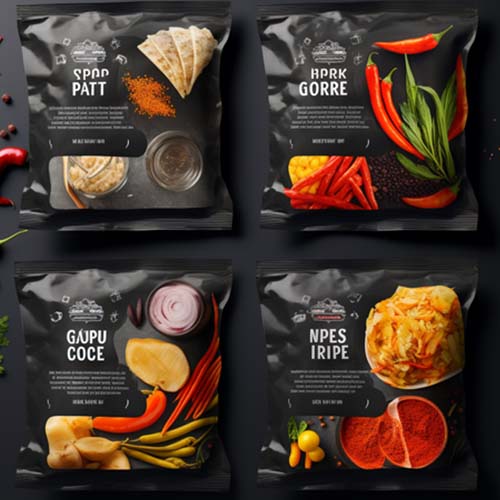

SQF Meaning
What does SQF stand for? It stands for "Safe Quality Food" and it's a global food safety initiative that focuses on, you guessed it, food safety and quality. Regardless of where you are on the food supply chain or who you work for in the food industry, this SQF food safety program will impact you in one way or another. It's a high quality program that is respected by numerous food packaging and producers of food products around the world, and many strive to adhere to SQF code as closely as possible.
About the Safe Quality Food Institute
Often shortened to SQFI, the Safe Quality Food Institute is a division of FMI, and was established to administer the SQF program. Their mission as a certification body is to deliver consistent, globally recognized food safety standards for the entire food industry, regardless of where you fall on the food chain. From verifying the food safety management at retail stores to ensuring good agricultural practices, the principles of SQFI can be applied across all industry sectors.
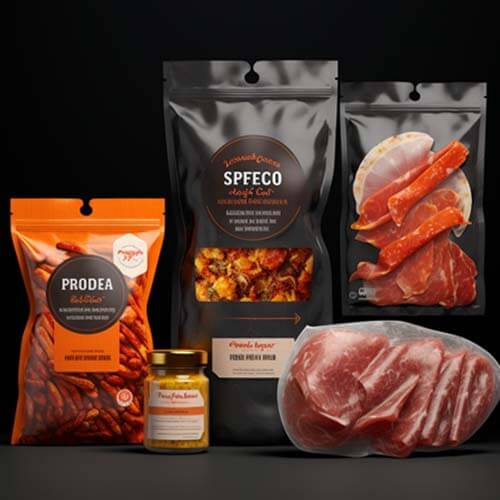

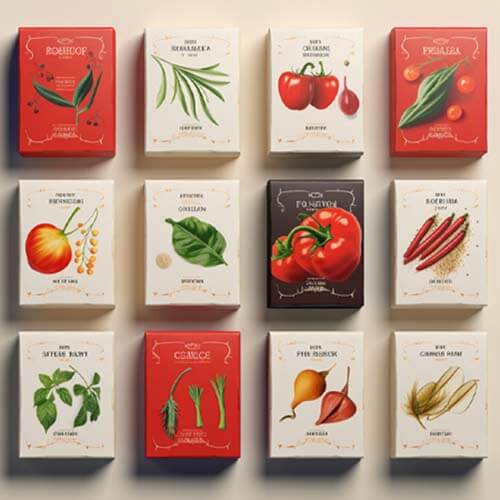

About FMI
FMI is short for the "Food Marketing Institute" and is an organization that works on behalf of the entire industry to promote a safer, healthier, and more efficient consumer food supply. The Safe Quality Food SQF is a division of the FMI.
How to Get This Food Safety Certification
If you've decided to start your journey towards SQF certification, we would first like to congratulate you on taking an interest in the safe quality food program. This shows your commitment to good manufacturing practices and by implementing food safety management systems you can ensure food safety for your customers.
SQF Certification Steps
To get SQF certified by the SQF system, follow the below steps:
Learn about the food safety standard code
First, you will want to spend plenty of time researching this rigorous food safety code. By studying the SWF code, you'll be prepared for everything this food safety system expects of you. From implementing a food safety management system, to learning more about the certification body, ask plenty of questions and consider meeting with a company that's SQF certified to learn more about their experience and opinion of the food certification process.
Pay special attention to SQF food safety codes, what food manufacturers can expect from the initial certification audit, and what the SQF certification process is like.


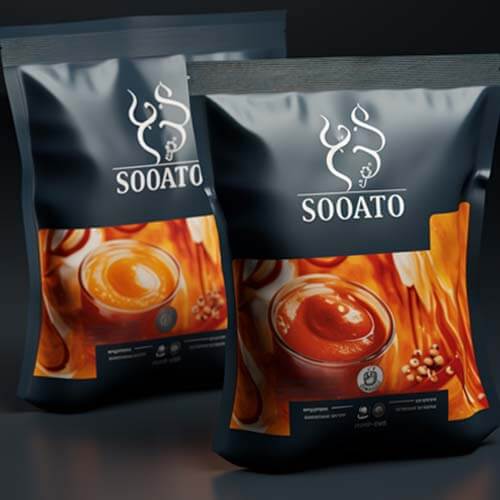

Register for SQF certification
Next, you will want to register for certification. This involves contacting an SQF practitioner and letting them know that you're interested in SQF certification. They'll briefly discuss the SQF program and will walk you through the steps of achieving SQF certification.
At this point, you'll want to ask them questions about their internal audits, as preparing for the certification audit is step 3.
Prepare for your SQF audit
In order to be SQF certified, you will need to pass the the SQF audit. Many food companies struggle with meeting the SQF code requirements, which is why learning about the SQF programs, meeting with other certified companies, and potentially getting your hands on an audit report is so important.
Before your SQAF audit, you should have a food safety program implemented at your organization, be familiar with SQF code, ensure the proper training of your staff, and make sure you meet all regulatory requirements for foodservice providers worldwide.
Additionally, you should show a commitment to continuous improvement and adherence to all globally recognized standards.
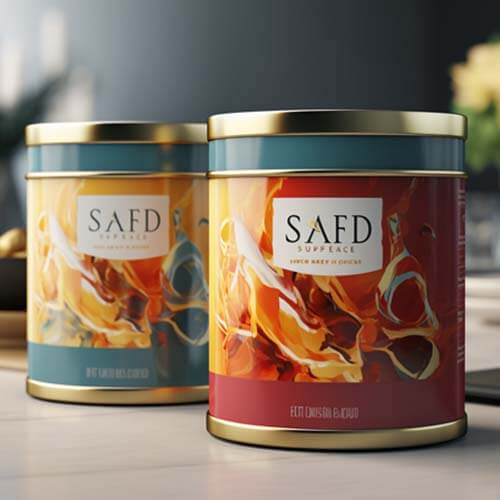

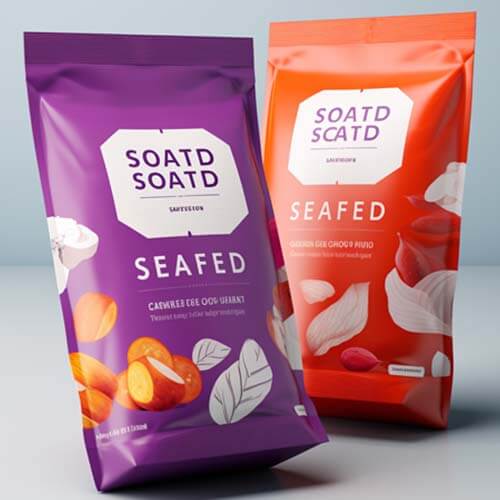

Schedule and conduct the SQF audit
Once you feel confident that your organization's food safety programs and food safety management system is up to snuff, you'll want to schedule your SQF audit with a qualified SQF practitioner. They'll review your quality management system, food manufacturing processes, and food safety standards to ensure they comply with what's required by the SQF food safety program.
If you don't earn your SQAF certification the first time around, the SQF practitioner will provide valuable feedback so you can make improvements and become SQF certified down the line.
Renew your certification from this global food safety initiative
Food safety is a serious concern, and the SQF program is well aware that getting an initial certification is not enough. The certification program requires frequent certification re-audits, as the SQF assessment database is frequently updated. SQF certification is valid for one year. To ensure your SQF certification remains active, please remember to re-register in the SQF Assessment Database and schedule your SQF audits every year.
If you're hoping to earn SQF certification once and hope to never deal with the SQF institute again, this is not how the SQF program works. The SQF program is a certification program that focuses on a lifelong commitment to "safe quality foods", so annual SQF food safety and SQF certification audits are required.
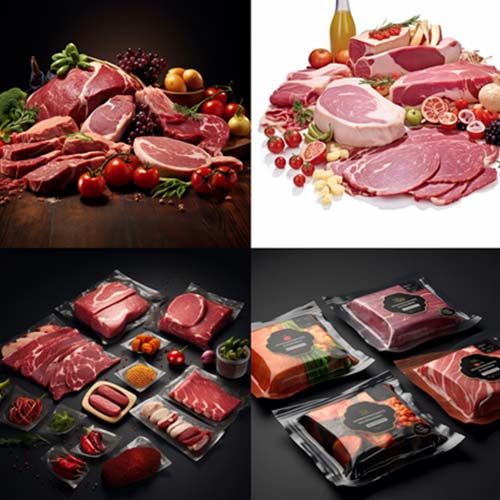

Food Safety Code: Manufacture
of Food Packaging
At CarePac, our SQF certification goal is to earn and maintain our SQF certification on an annual basis. The food safety and quality standards we're required to meet focus on food packaging companies, specifically. We take SQF certification seriously and are committed to adhering to food safety and quality guidelines on an ongoing basis. Whether through a prerequisite program, a pre assessment audit, or any other type of inspection, we are dedicated to the quality food SQF program.
In addition to food safety, we are also committed to the environment. To learn more about our sustainable packaging options, click here.
SQF Frequently Asked Questions (FAQs)
Here are a few FAQs about the SQF certification:
How much does it cost to get SQF certified?
Typically, the audit alone will cost between $7,300 and $9,000, before travel fees.
What are the 3 principles of the SQF certification?
The three principles of SQF certification are
- To produce safe, quality food products,
- Comply with various SQF code requirements, and
- Comply with all relevant food legislation.
How long does it take to get SQF certified?
The audit itself only takes a few days, but preparing for the audit can take weeks, months, or years.
Who needs SQF certification?
Since it is a voluntary certification, nobody technically "needs" the certification. But, if you're a food manufacturer, retailer, or food packaging provider, becoming SQF certified will reduce the risk of a supply chain issue that could result in a recall, litigation, or other financial impacts.
What is the highest SQF certification?
If you want to ensure your products meet the highest possible standards, aim for SQF Level 3 certification.


